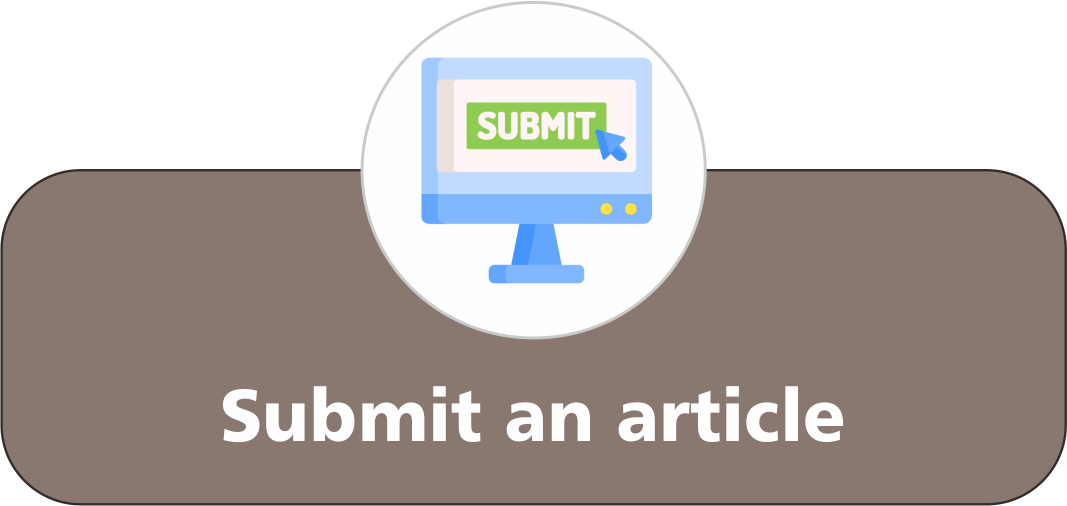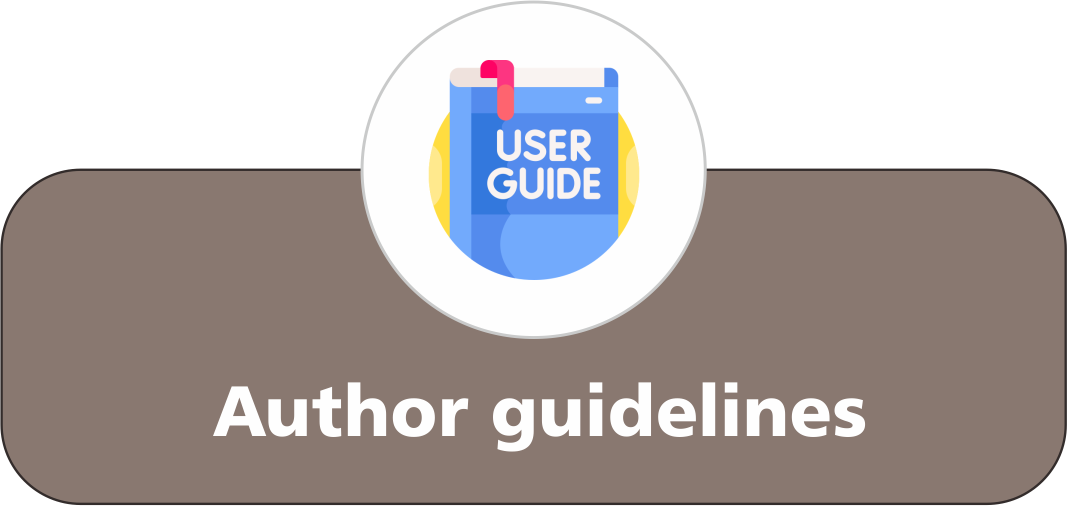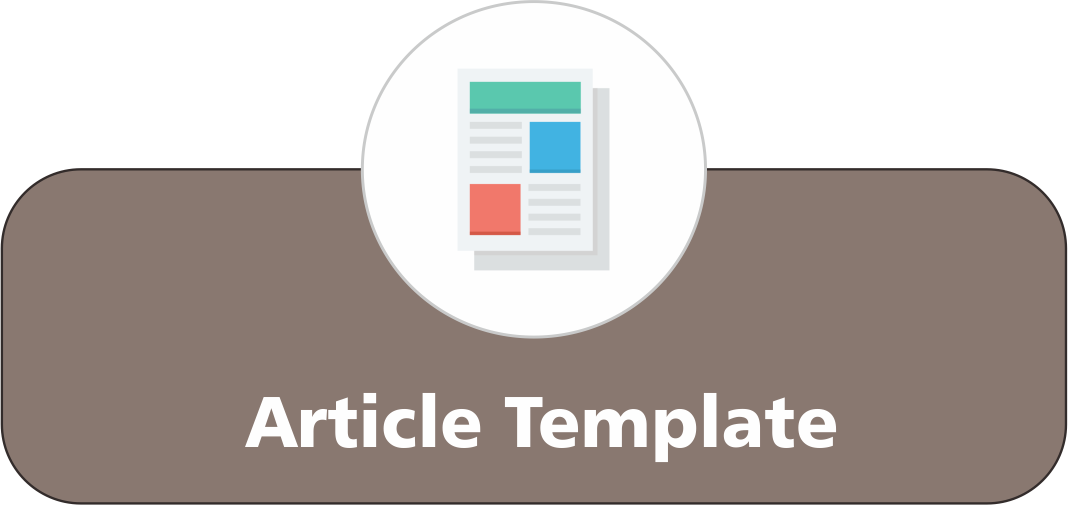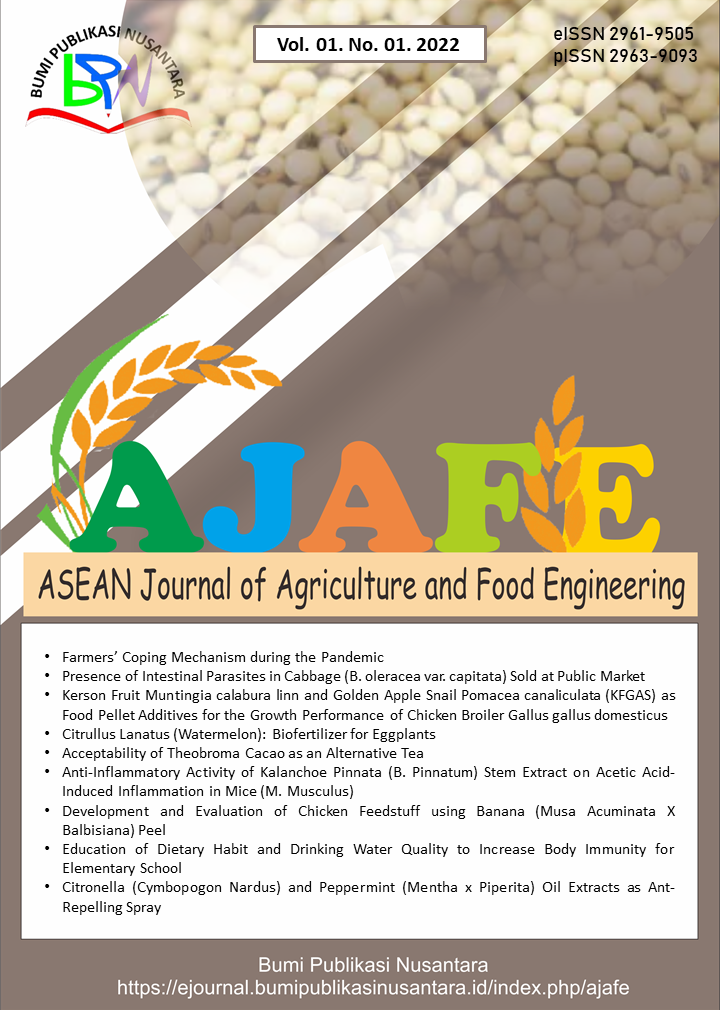Phytoremediation with Cucumis Sativus: A Bibliometric Study
 ), Abel Quevedo Nolasco(2), Paulina Janneth Pérez Peralta(3), Peter Virgen(4),
), Abel Quevedo Nolasco(2), Paulina Janneth Pérez Peralta(3), Peter Virgen(4),
(1) Postgraduate College
(2) Postgraduate College
(3) Postgraduate College
(4) California State University Fresno
 Corresponding Author
Corresponding Author
Abstract
Keywords
References
Ahammed, G. J., He, B. B., Qian, X. J., Zhou, Y. H., Shi, K., Zhou, J., Yu, J. Q. and Xia, X. J. (2017). 24-Epibrassinolide alleviates organic pollutants-retarded root elongation by promoting redox homeostasis and secondary metabolism in Cucumis sativus L. Environmental Pollution, 229, 922-931.
Baker, A. J. M., and Brooks, R. R. (1989). Terrestrial higher plants which hyperaccumulate metallic elements. A review of their distribution, ecology and phytochemistry. Biorecovery, 1(2), 81–126.
Braga, R. R., dos Santos, J. B., Zanuncio, J. C., Bibiano, C. S., Ferreira, E. A., Oliveira, M. C., Silva, D. V. and Serrão, J. E. (2016). Effect of growing Brachiria brizantha on phytoremediation of picloram under different pH environments. Ecological Engineering, 94, 102-106.
Brereton, N. J. B., González, E., Desjardins, D., Labrecque, M., and Pitre, F. E. (2020). Co-cropping with three phytoremediation crops influences rhizosphere microbiome community in contaminated soil. Science of the Total Environment, 711, 135067.
González, C. M. C., Carrillo, G. R., Sánchez, L. A. S., and Ruiz, O. (2017). Phytoremediation alternatives for sites contaminated with potentially toxic elements. Agroproductivity, 10 (4), 8-14.
Hemen, S., Nava, A. R., and Prasad, M. N. V. (2019). Mechanistic understanding and future prospect of microbe-enhanced phytoremediation of polycyclic aromatic hydrocarbons in soil. Environmental Technology and Innovation, 13, 318-330.
Hua, Q., Philip, C. B., and Jianming, X., (2014). Cucurbita spp. and Cucumis sativus enhance the dissipation of polychlorinated biphenyl congeners by stimulating soil microbial community development. Environmental Pollution, 184, 306-312.
Jaskulak, M., Grobelak, A., and Vandenbulcke, F. (2020). Modelling assisted phytoremediation of soils contaminated with heavy metals – main opportunities, limitations, decision making and future prospects. Chemosphere, 249, 126196.
Jie, L., Min, C., Chunming, Z., Jian, W., and Sophie X. W. G. (2020). The influence of light combination on the physicochemical characteristics and enzymatic activity of soil with multi-metal pollution in phytoremediation. Journal of Hazardous Materials, 393, 122406.
Jie, L., Wenxiang, H., Jian, W., and Xiaowen, S. G. (2019) Sensitivity of Eucalyptus globulus to red and blue light with different combinations and their influence on its efficacy for contaminated soil phytoremediation. Journal of Environmental Management, 241, 235-242.
Kavusi, E., Ansar, B. S. K., Ebrahimi, S., Sharma, R., Ghoreishi, S. S., Nobaharan, K., Abdoli, S., Dehghanian, Z., Lajayer, B. A., Senapathi, V. and Price, G. W. (2023). Critical review on phytoremediation of polyfluoroalkyl substances from environmental matrices: Need for global concern. Environmental Research, 217, 114844.
Lacalle, R. G., Aparicio, J. D., Artetxe, U., Urionabarrenetxea, E., Polti, M. A., Soto, M., Garbisu, C. and Becerril, J. M. (2020). Gentle remediation options for soil with mixed chromium (VI) and lindane pollution: Bio stimulation, bioaugmentation, phytoremediation and vermiremediation. Heliyon, 6(8), E04550.
Li, Y., Rahman, S.U., Qiu, Z., Shahzad, S.M., Nawaz, M.F., Huang, J., Naveed, S., Li, L., Wang, X. and Cheng, H. (2023). Toxic effects of cadmium on the physiological and biochemical attributes of plants, and phytoremediation strategies: A review. Environmental Pollution, 325, 121433.
Lien, K. N., Benjamin, M. P., William, W. B., Peter, R. T., and Dianne, F. J. (2016). Assessing the uptake of arsenic and antimony from contaminated soil by radish (Raphanus sativus) using DGT and selective extractions. Environmental Pollution, 216, 104-114.
Lin, T., Yasir, H., Zhiqin, C., Qiang, L., Jahidul, I. S., Zhenli, H., and Xiaoe, Y. (2021). A phytoremediation coupled with agro-production mode suppresses Fusarium wilt disease and alleviates cadmium phytotoxicity of cucumber (Cucumis sativus L.) in continuous cropping greenhouse soil. Chemosphere, 270, 128634.
Mayur, B. K., Yoon, H. H., Jiu, Q. X., Sanjay, P. G., Min, J., and Byong. H. J. (2021). Phytoremediation as a green biotechnology tool for emerging environmental pollution: A step forward towards sustainable rehabilitation of the environment. Chemical Engineering Journal, 415, 129040.
Mohammad, Y., Alia, S. S. A., Alya, J. N.A., Pravej, A., Nesma, E., Radwan, K., and Shamsul, H. (2021). Glucose modulates copper induced changes in photosynthesis, ion uptake, antioxidants and proline in Cucumis sativus plants. Carbohydrate Research, 501, 108271.
Nai, X. F., Jiao, Y., Hai, M. Z., Yu, T. C., Ce. H. M., Quan, Y. C., Yan, W. L., Hui, L., and Ming, H. W. (2017). Efficient phytoremediation of organic contaminants in soils using plant–endophyte partnerships. Science of the Total Environment, 583, 352-368.
Neaman, A. (2022). Phytoextraction of metals from contaminated soils: A utopian idea. IDESIA, 40(4), 2-5.
Nele, E., Jason, C. W., Jaco, V., and Nele, W. (2017). Chapter seven - bio- and phytoremediation of pesticide-contaminated environments: A review. Advances in Botanical Research, 83, 277-318.
Ortíz, O. A. M., Hernández, N. E., Lara, V. F., Granados, E. C. A., Landero, V. N., and Andrade, H. P. (2023). Bioaccumulation of heavy metals in cucumber plants inoculated with Trichoderma strains (Hypocreaceae) in the Mezquital Valley, Hidalgo, Mexico. Revista Internacional de Contaminación Ambiental, 39, 54525.
Parisa, E., Weeradej, M., and John, P. (2020). Phytoremediation of engineered nanoparticles using aquatic plants: Mechanisms and practical feasibility. Journal of Environmental Sciences, 93, 151-163.
Pooja, S. (2021). Efficiency of bacteria and bacterial assisted phytoremediation of heavy metals: An update. Bioresource Technology, 328, 124835.
Rabelo, F. R. A., (2023). Bacteria and fungi used in the biodegradation of hydrocarbons: A literature review and bibliometric analysis. Revista EIA, 20(39), Reia3913: 1-35.
Sabreena, Shahnawaz, H., Sartaj, A. B., Vineet, K., Bashir, A. G., and Fuad, A. (2022). Phytoremediation of heavy metals: An indispensable contrivance in green remediation technology. Plants, 11(9), 1255.
Samira, K., Muhammad, I., Wajeeha, Y., and Rizwan, R. (2021). The exogenous menadiol diacetate enhances growth and yield by reducing Pb uptake, translocation and its toxicity through tissue nutrients acquisition in cucumber (Cucumis sativus L.). Environmental Technology and Innovation, 23, 101666.
Santoyo-de la Cruz, M. F., Khalil-Gardezi, A., Carrillo-Castañeda, G., Ortega-Escobar, H. M., Mancilla-Villa, O. R., Rubiños-Panta, J. E., López-Buenfil, J. A., Larque-Saavedra, M. U., Haro-Aguilar, G. and Ali-Gamboa, C. A. (2023). Effect of plant growth-promoting bacteria (Medicago sativa L.) on two types of soil, copper and compost. Acta Universitaria, 33, 1-14.
Shen, X., Dai, M., Yang, J., Sun, L., Tan, X., Peng, C., Ali, I. and Naz, I. (2022). A critical review on the phytoremediation of heavy metals from environment: Performance and challenges. Chemosphere, 291(3), 132979.
Trippe, R. C., and Pilon, S. E. (2021). Selenium, transport and metabolism in plants: Phytoremediation and biofortification implications. Journal of Hazardous Materials, 404, (Part B), 124178.
Trojanowska, M., (2023). Reclamation of polluted land in urban renewal projects. Literature review of suitable plants for phytoremediation. Environmental Challenges, 13, 100749.
Valdiviezo, G. L. G., Castañeda, O. C. A., Cabello, T. R.J., García, A. F. F., Munive, C. R. V., and Alfaro, P. E. A. (2023). Scientometric study of treatment technologies of soil pollution: Present and future challenges. Applied Soil Ecology, 182, 104695.
Wenting, F., Xiaoyan, Z., Xiancao, C., Wenjing, W., Anran, L., Jing, J., Gang, W., and Chunfeng, G. (2023). The potential roles of carotenoids in enhancing phytoremediation of bisphenol A contaminated soil by promoting plant physiology and modulating rhizobacterial community of tobacco. Chemosphere, 316, 137807.
Wyrwicka, A., Steffani, S., and Urbaniak, M. (2014). The effect of PCB-contaminated sewage sludge and sediment on metabolism of cucumber plants (Cucumis sativus L.). Ecohydrology and Hydrobiology, 14(1), 75-82.
Ying, M., Mani, R., Rui, S. O., Chang, Z., and Helena, F. (2019). Potential of plant beneficial bacteria and arbuscular mycorrhizal fungi in phytoremediation of metal-contaminated saline soils. Journal of Hazardous Materials, 379, 120813.
Zhang, Y., and He, G. (2022). Bibliometrics-based: Trends in phytoremediation of potentially toxic elements in soil. Land, 11, 2030.
Article Metrics
Abstract View : 567 times
: 567 times Download : 356 times
Download : 356 times
Refbacks
- There are currently no refbacks.
Copyright (c) 2024 Bumi Publikasi Nusantara

This work is licensed under a Creative Commons Attribution-ShareAlike 4.0 International License.



_publication_ethics.png)



